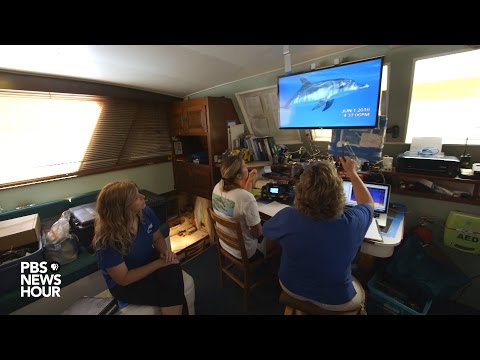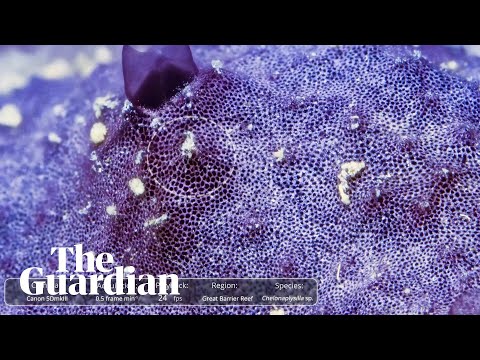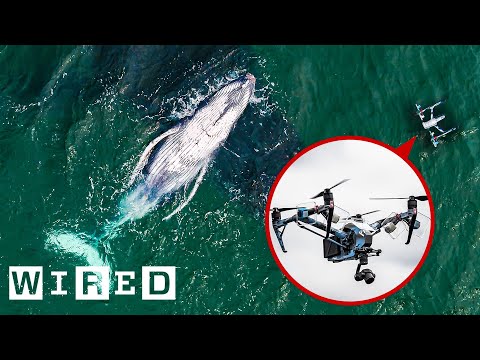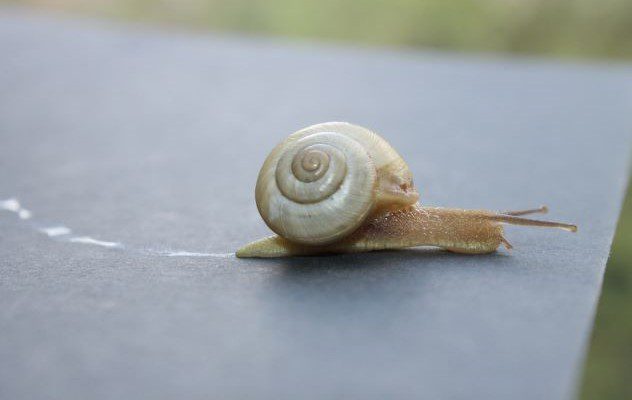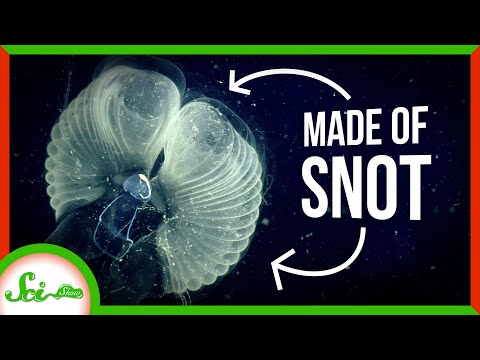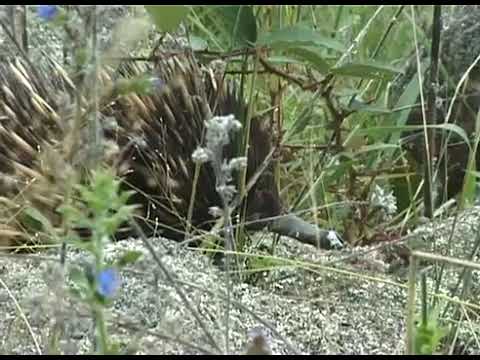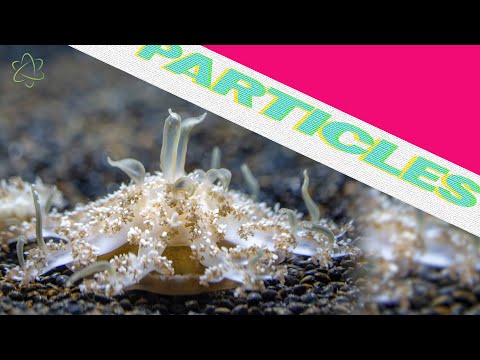Some are brilliant—like the snot bubbles that keep Australian animals alive during heatwaves—while others solve strange mysteries. Thanks to this gooey substance, we now know what superglues frogs to trees, why sea sponges sneeze, and the truth about the water that stings surfers around Florida.
10 Dolphins Might Communicate Using Snot
A lot of things make dolphins adorable—their outgoing personality, the “smile” on their face, and those cute chirps they make. But these vocalizations are a mystery. They’re not produced by vocal cords in the throat but, instead, inside nasal passages. Located directly under a dolphin’s blowhole, lumps of tissue smack together up to 1,000 times per second and vibrate in order to create the sounds. That much is known. But what scientists struggle to explain is how dolphins achieve such odd, high-sounding tones. A computer simulation suggested that it all comes down to snot. In 2016, biologists adapted a human vocal cord model to recreate the sounds that dolphins make. A common two-part noise is the bump-and-ring. At first, the team assumed that the bump came from the tissue lumps smacking together and when they pulled apart, a ring or squeak followed. However, the simulation refused to produce the same high frequencies unless the scientists added a good dose of mucus to the simulated “dolphin’s” nasal passages. This strongly suggested that without snot, dolphins wouldn’t be able to effectively communicate or echolocate.[1]
9 Sea Sponges Sneeze for 30 Minutes
Despite having no brains, muscles, or nerves, sea sponges have the ability to sneeze. During such an event, a sponge will expel blobs that are filled with mucus and sand. It’s not the same as a human sneeze, which is usually instantaneous. When a sponge has a gesundheit moment, it takes about thirty minutes to complete. Researchers only recently discovered how and why sponges do this. In 2022, new studies determined that sponges sneeze to clean themselves. About 81% of the slime contained useless sediments. Scientists still don’t understand how these animals know when it’s time to sneeze, but when they do, here’s what happens. To get rid of unwanted particles, the sponge expresses a snotty material through its pores, which then travels and gathers along surface features that act as “mucus highways.” Occasionally, the sponge will contract and push the dirt-filled blobs into the water.[2]
8 The SnotBot
A special group of scientists tracks and studies whales in an attempt to conserve these giants. They must gather as much information as possible about an individual animal’s health and genetics, and in the past, that meant gathering samples by shooting darts into a whale. Desiring a less intrusive way to collect data, researchers turned to mucus. Watch this video on YouTube The result was an ingenious collaboration between robotics, humans, and whales. The researchers designed drones called SnotBots, drones that could collect the glop with Petri dishes attached to their sides. However, the drones didn’t have to do anything but fly. The operator would position the craft far above a breaching whale, which then donated its snot by exhaling into the air. Without knowing a thing, whales are helping themselves—via their mucus—to help researchers learn more about the health of different whale populations, including humpbacks, blue whales, and orcas.[3]
7 Sharks Hunt with Mucus
Sharks have an almost supernatural ability to detect small amounts of blood from far away. In 2007, researchers discovered that mucus plays a key role. More specifically, to utilize this talent, sharks rely on a jelly-like substance in their heads that is packed with salts and proteins. Watch this video on YouTube The study found that this “shark snot” acted solely as an electrical conductor, and here’s how it helps these apex predators to hunt. Let’s say that, far away, a fish is wounded and bleeding. The salts in the leaking blood produce a strong electric field in the water, which can be detected by sensitive cells in the shark’s skin. Once that happens, a positive charge moves through the gel to specific nerves. These nerves then activate electrical signals in the shark’s brain, alerting the animal to the potential meal. Without this snotty substance, the electrical signals cannot reach the shark’s brain. In turn, without these signals, sharks would find it almost impossible to detect a blood trail, let alone follow one.[4]
6 Salamander Goo Beats Stitches
The Chinese giant salamander might not win any beauty contests, but it holds the lofty title of the world’s largest amphibian. Additionally, this creature produces mucus that is fast becoming the darling of the medical world. The snotty substance, which is secreted through their skins, makes a great glue to close wounds. The sticky white goo isn’t used in its raw form. Instead, scientists extract a bioadhesive called SSAD by freeze-drying the raw mucus before blending it with a saline solution. The resulting glue isn’t as durable as traditional methods—like staples and sutures—but it delivers a knock-out punch in other areas. Indeed, SSAD doesn’t create allergic reactions like other bio-glues. When it comes to sealing gashes and reducing infection, inflammation, and scarring, and boosting healing, it also outperforms the more traditional ways to close a wound. SSAD also pulls a vanishing act after three weeks, completely disappearing and eliminating the need for a removal procedure.[5]
5 Snails Recycle Their Mucus Trails
When a snail slides across the patio, its progress may seem effortless. Slow, sure. But not really something that should tax the animal physically. But in reality, creating the mucus that helps snails to move around expends more energy than swimming, walking, or flying. Needless to say, this can become a threat to survival during times when food is scarce. Researchers have always suspected that snails use “slime highways.” This is when a snail moves along a mucus trail left behind by another snail in order to avoid making so much of its own slime, thus conserving more energy. But it wasn’t until 2007 that the theory was confirmed when a marine snail was seen coasting along the hard work of another mollusk. The study that followed also discovered that by playing follow-the-leader, the snails saved a massive amount of energy because they only had to produce a fraction of the mucus that would’ve been required for a brand-new trail.[6]
4 Snot Sinkers Solve Marine Mystery
At the bottom of the ocean, the seafloor teems with life. But as far as scientists could see, there wasn’t enough food to support all these critters. Where was the missing food source? It had to be something abundant, yet researchers couldn’t find it. For years, this riddle went unanswered, but in 2005, they found the source, which was more bizarre than anyone could’ve ever imagined. Bottom feeders thrive on something called sinkers. Watch this video on YouTube Sinkers are basically giant balls of floating mucus. They are created by Bathochordaeus, a giant larvacean that resembles a tadpole. These bubbles provide protection for the larvacean and also filter through tiny bits of food which are the right size for these animals to eat. The finger-sized Bathochordaeus spins one ball at a time, which usually measures a yard in diameter. It’s estimated that these larvaceans create a new “house” every day. By the time it discards the old one, the ball is already deflating and sinking. On their way down, these sinkers gather more food particles and sea creatures, basically becoming food bombs for hungry mouths below.[7]
3 The Superglue Slug Mystery
In 2019, scientists visited the Watagans Mountain Range in Australia when they found a strange scene. There, stuck to a branch, was a frog. Something had glued the amphibian so completely that the frog was covered with the sticky substance—and it was still stuck a day later. The only other creature nearby was an unassuming slug. Clearly, the frog had tried to eat the slug, which then retaliated with a mysterious superglue move. Indeed, this species (the red triangle slug) was only known to produce a thin slime that wasn’t sticky. So, how did the slug manage to “goo” a whole frog to a branch? There was only one way to find out. The scientists prodded the animal to provoke it. Almost immediately, they discovered that the creature could produce a second type of mucus. After a single touch to its back, the area contracted and showered the immediate area with super snot. Not only is this an incredibly rare display of defensive mucus, but scientists still don’t know how these slugs avoid getting caught in their own glue.[8]
2 Snot Bubbles Solve Echidna Mystery
In Australia, there are two things that shouldn’t go together: the Outback’s heat and small, spiny animals called echidnas. Resembling a cross between a hedgehog and a shrew, these adorable critters cannot survive if the mercury rises above 95°F (35°C). In fact, studies have shown that they have a low heat tolerance. But then, someone spotted an echidna sitting happily in a hollow log. Here’s the mystery—that log’s temperature was roughly 104°F (40°C). It wasn’t a freak occurrence, either. Several were spotted showing the same behavior. Echidnas don’t pant or sweat in order to cool down, so how do they manage to stay upright in conditions that are deadly to them? Amazingly, in 2023, researchers discovered that echidnas blow bubbles of snot to stay cool. More specifically, they exhale a bubble that bursts over their nose. The moisture of the mucus then evaporates and cools the nose and blood, keeping the echidnas’ body temperature safely below 86°F (30°C)—even when ground measurements hit a hellish 116°F (47°C).[9]
1 The Truth About Stinging Water
For years, surfers and snorkelers faced a painful mystery. In the shallow waters around Micronesia, the Caribbean, and Florida, the ocean caused a stinging sensation that drove some people to seek shelter on the beach. The only suspect floating nearby was the so-called upside-down jellyfish (Cassiopea xamachana), but it was nowhere near the victims when they got stung. For the lack of a better answer, people assumed that these jellies probably lost a poison-filled arm. The severed appendage would then float toward an unlucky swimmer and buzz them. However, more recently, scientists discovered that the truth was much more bizarre—and snotty. Yes, the jellyfish was indeed responsible. But it has nothing to do with torn tentacles. Instead, the animals hurl “mucus grenades” that are packed with venom. These grenades can cause a human’s skin to itch and burn—not really the worst thing that can happen to you in the sea. But some fish are not so lucky. The jellyfish rely on the cell-destroying properties of the snot bombs to kill other ocean life for food.[10] Read More: Facebook Smashwords HubPages
